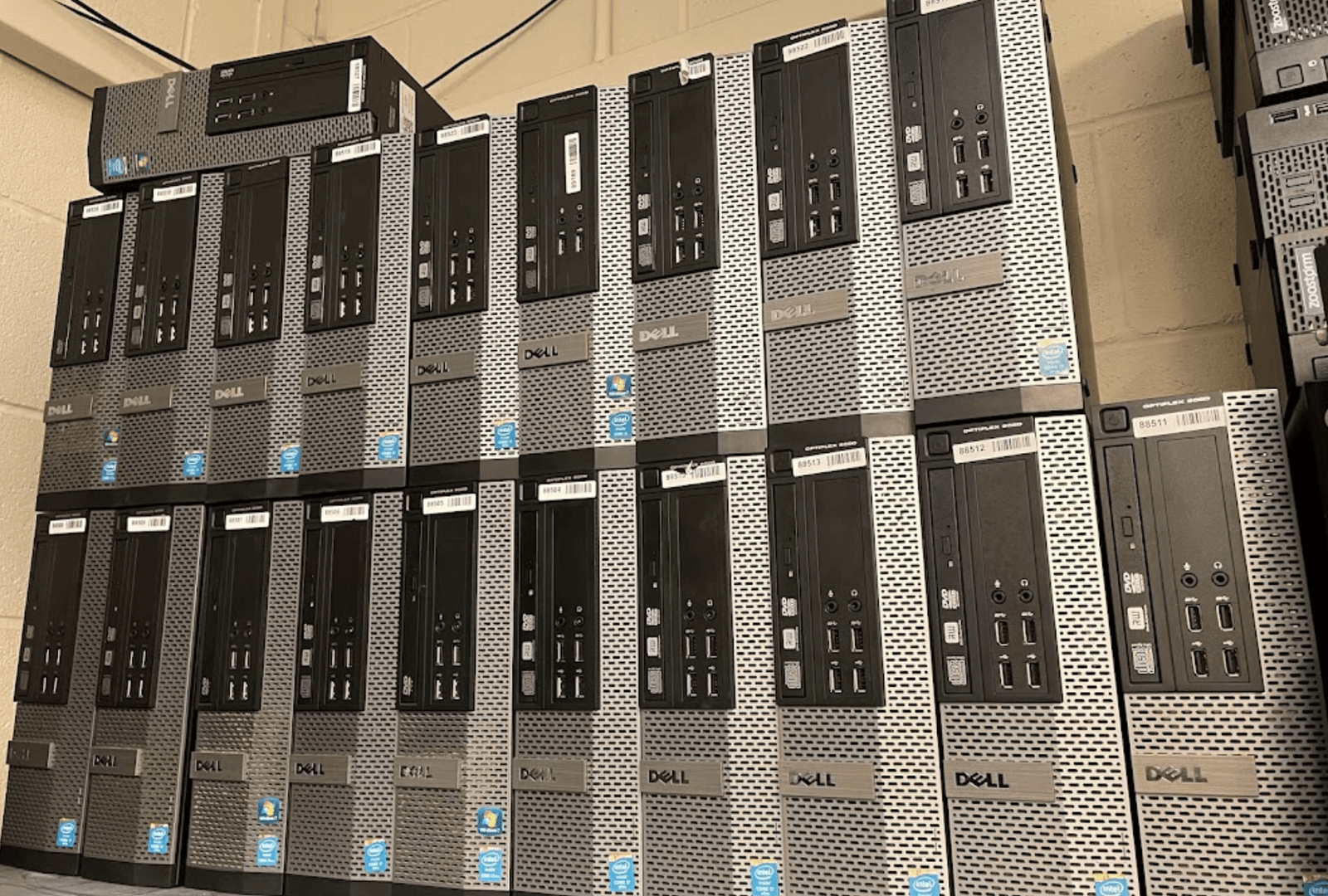Everything You Need To Know About WEEE Compliance
The Waste Electrical and Electronic Equipment Directive was first announced in the UK in 2006 and was introduced with the aim of reducing the number of reclaimable electronics ending up in landfills each year. A whopping one million tonnes of electronic equipment go into landfills annually, which often contain heavy metals which are extremely harmful to the environment. Let’s take a look at everything you need to know about the WEEE Compliance and how to remain compliant.
What is the WEEE Directive?
The WEEE Directive aims to reduce the environmental impact of improper disposal of electronic equipment. It does this by sending equipment to certified waste management firms, meaning at least 85% of the materials used to create electronic equipment is recycled. It’s mandatory for any UK business to comply with the WEEE Directive, no matter whether you are a manufacturer, re-brander, seller, or importer of electrical and electronic equipment.
Businesses need to reduce the amount of waste that arises from their products by encouraging the reuse of electronics. When there is waste, it needs to be treated properly and meet the targets for the recycling of waste materials. Companies also need to start designing new products which minimise their use of materials and make it easier for consumers to recycle. With the increasing reliance on online businesses selling electronics, the WEEE Directive also applies to distance sellers and e-commerce business owners.
Top Tips for Remaining WEEE Compliant
For businesses that put more than five tonnes of EEE on the market each year in the UK, they must join a WEEE compliance scheme within the first 28 days of being in business. They’ll need to complete annual or quarterly reports about the amount of EEE they place on the market and mark EEE with the crossed-out wheelie bin symbol and a brand name. Manufacturers and producers are responsible for financing collection and treatment costs as well.
If your business places less than five tonnes of WEEE onto the market, you’ll still have to complete certain tasks, including registering with the Environmental Agency within your first 28 days. You’ll complete an annual report and still need to mark your products in the same way we shared above. Joining a compliance scheme means you’ll receive the support you need with this task, and you’ll have someone to work with to reduce recycling costs. This is with you really do need to know everything about WEEE compliance!!
What Products Come Under the WEEE Directive?
Any type of product that has an electric current, battery, or uses solar energy will fall under the WEEE Directive. This includes temperature exchange equipment, fridges and freezers, air conditioning, heating pumps, screens, and tablets. Lamps and large equipment will also be placed under these restrictions, as well as smaller devices and IT and telecommunications equipment.
The risks of non-compliance in the UK include fines and prosecution, which is why it’s so important to remain in compliance at all times. You should never ignore a letter stating you aren’t in compliance and will need to act immediately to rectify your situation. The WEEE Directive is a great initiative to protect the future of our planet, but as a business owner, make sure you do everything you can to follow the directive at all times in the future.
Final thoughts
Conclusion paragraph: If you’re like most companies, you have a lot of outdated technology lying around your office. You might not even realize it’s taking up space and collecting dust – but it is. And that old technology is doing more harm than good. It’s time to contact Chaps IT Recycling and let us take care of your IT recycling needs. We can help you clear out all that old tech safely and securely, so you can make room for the new and improved versions. Don’t wait – contact us today! Now hopefully you have everything you need to know about WEEE Compliance





